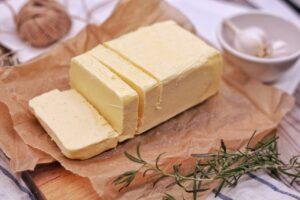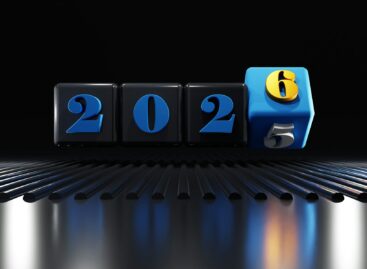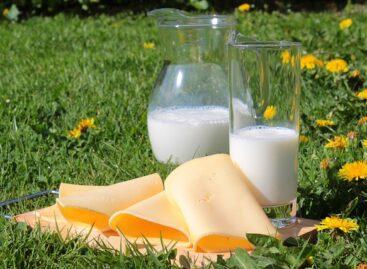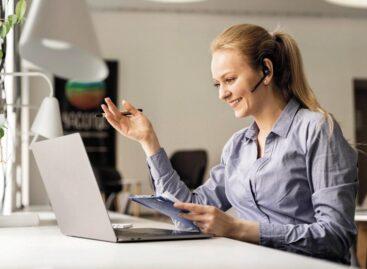Milk production and processing: from the European Union to the Hungarian Trappist
The European Union’s milk production reached 160.8 million tonnes in 2023, 96% of which was cow’s milk. Germany remains the largest producer, which stands out in the production of drinking milk, butter, cheese and whey. At EU level, the average milk yield per cow increased to 7,791 kg, but there were significant differences between countries: while this figure reached 10,728 kg in Estonia, it was lowest in Bulgaria and Romania. In Hungary, the annual milk yield per animal was 6,300 kg, and the total domestic production was more than 2 million tonnes in 2022.
The journey of milk: from cooling to processing
 A number of technological steps are used to ensure that milk is safe for consumption. Erlichné Anikó Drobni, TOLNATEJ Zrt. The Chief Engineer of Quality Control and LEAN explained the main processes of milk processing:
A number of technological steps are used to ensure that milk is safe for consumption. Erlichné Anikó Drobni, TOLNATEJ Zrt. The Chief Engineer of Quality Control and LEAN explained the main processes of milk processing:
- Cooling and cleaning: After milking, the milk is quickly cooled to inhibit the growth of bacteria, and then cleaned by filtration or centrifugation.
- Adjusting the fat content: The fat content is reduced by skimming or increased by adding cream.
- Pasteurization: Heat treatment at 72-76 °C for 15-40 seconds, which aims to destroy pathogens.
- Homogenization: The milk is forced through a narrow gap at high pressure to break down the milk fat into small particles, preventing it from sticking together.
Modern technologies: ESL and UHT
- ESL (Extended Shelf Life): A short heat treatment between 100-135 °C, which extends the shelf life of the milk to 21-28 days.
- UHT (Ultra High Temperature): The milk is heat-treated at 136-142 °C for 2-6 seconds and then placed in aseptic packaging. Thanks to this, the milk can be stored for months without refrigeration.
- Buttermaking: the path to cream
During buttermaking, the cream is matured and then prepared using a frothing process. The main steps of the process are:
Physical maturation: The cream is kept at 2-6 °C so that the fat globules solidify.
Biological maturation: An acidification stage and an aroma production stage alternate.
Frothing: Under the influence of mechanical work, butter lumps form and the buttermilk separates.
Kneading: Excess water is removed and a uniform butter structure is created.
During buttermaking, the appropriate temperature and technological precision are essential to ensure the quality of the product.
Related news
2026 begins in agriculture amid crises and a wave of investment – banking focuses on the dairy and pig markets, as well as CAP investments
🎧 Hallgasd a cikket: Lejátszás Szünet Folytatás Leállítás Nyelv: Auto…
Read more >Milk market tensions: the Minister of Agriculture posted about the government’s steps
🎧 Hallgasd a cikket: Lejátszás Szünet Folytatás Leállítás Nyelv: Auto…
Read more >The government provides further significant assistance to the domestic dairy sector
🎧 Hallgasd a cikket: Lejátszás Szünet Folytatás Leállítás Nyelv: Auto…
Read more >Related news
New HR assistant helps K&H employees
🎧 Hallgasd a cikket: Lejátszás Szünet Folytatás Leállítás Nyelv: Auto…
Read more >AB InBev invests in Michelob Ultra production in US
🎧 Hallgasd a cikket: Lejátszás Szünet Folytatás Leállítás Nyelv: Auto…
Read more >Lidl To Invest €600m In Spain, Targets 300 Stores In Portugal
🎧 Hallgasd a cikket: Lejátszás Szünet Folytatás Leállítás Nyelv: Auto…
Read more >







